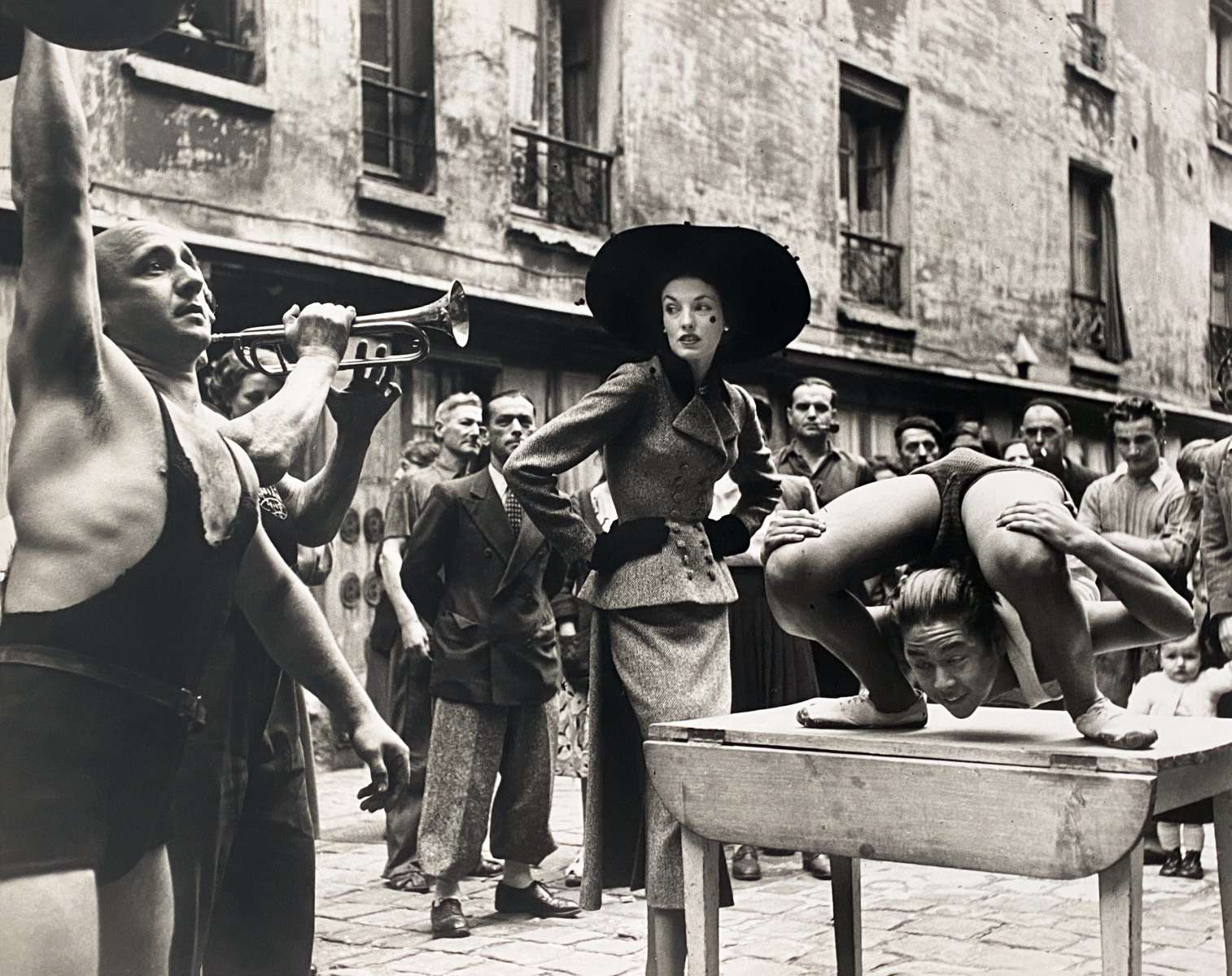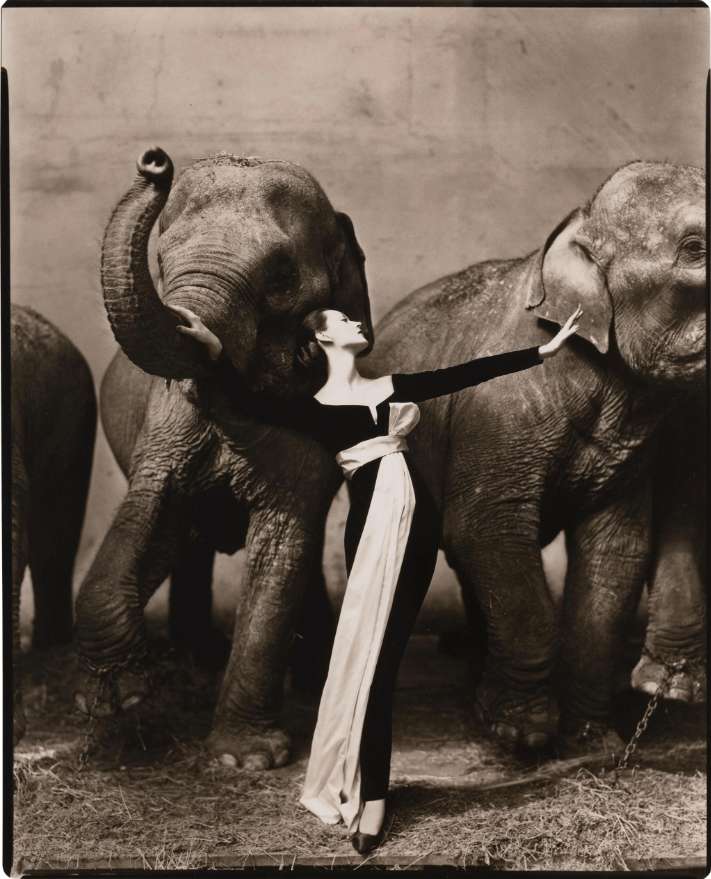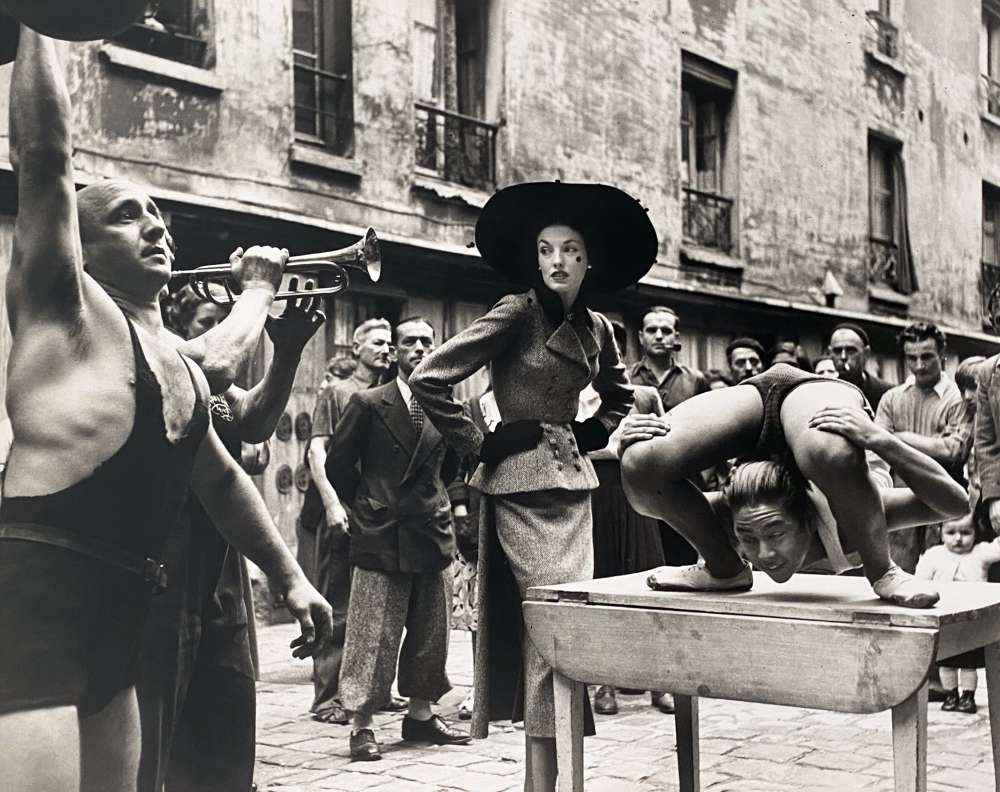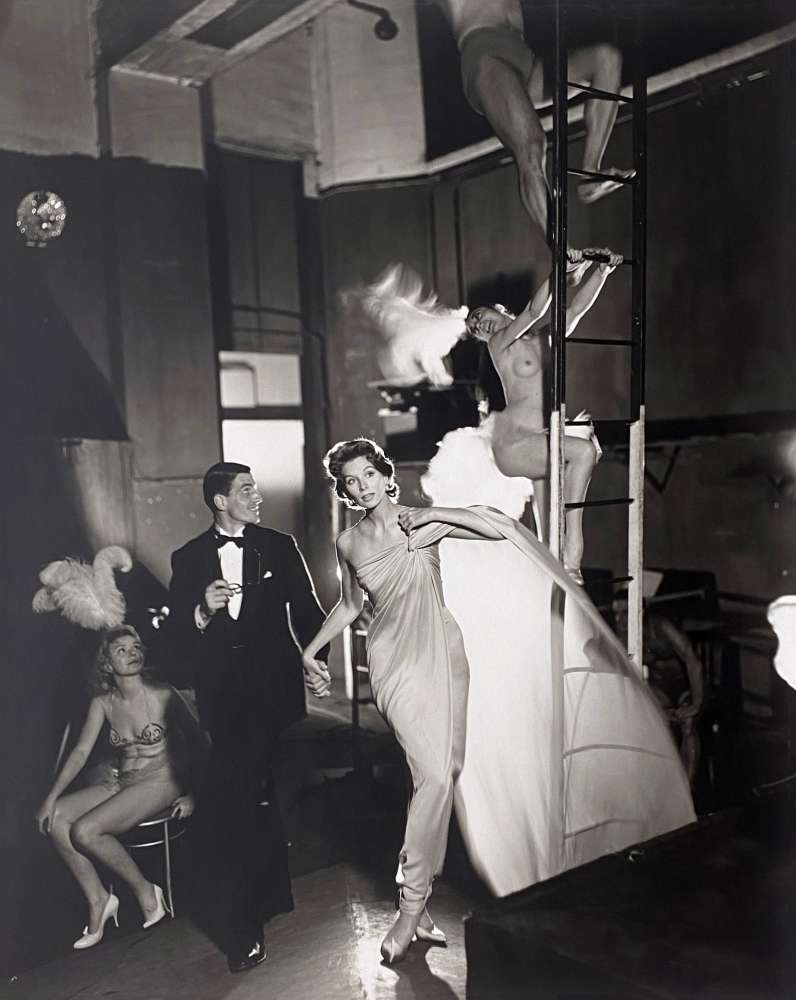Richard Avedon
Works
Biography
Richard Avedon Biography
Richard Avedon was an iconic American photographer whose work significantly influenced the realms of fashion, portraiture, and fine art photography. Born in New York City in 1923, his interest in photography began at an early age when he joined the Young Men’s Hebrew Association camera club when he was twelve years old.
In 1942 Avedon joined the armed forces during World War II. It was there he served as Photographer’s Mate Second Class in the U.S. Merchant Marine. His time there played a crucial role in shaping his early photography career. Avedon mentions, “My job was to take identity photographs. I must have taken pictures of one hundred thousand faces before it occurred to me, I was becoming a photographer.” After completing two years of service, Avedon left the Merchant Marine to work as a professional photographer.
Avedon enrolled at the New School for Social Research in New York City where he studied with art director, Alexey Brodovitch. Under Brodovitch’s guidance, Avedon honed in on his technical skills while also embracing his own artistic sensibilities.
At the age of twenty-two, Avedon started working as a freelance photographer and joined the prestigious magazine, Harper’s Bazaar. Avedon quickly rose to prominence as one of the leading photographers transforming the way fashion was portrayed in magazines and setting new standards for the industry. His fashion photography revolutionized the genre by breaking away from traditional static poses. He introduced movement and energy to his images, showcasing models in action or caught in candid moments. Avedon had an exceptional ability to capture the raw emotions and inner essence of his subjects. His use of light was masterful, often employing simple, minimalist setups that accentuated his subjects’ features.
During his time at Harper’s Bazaar, Avedon broke barriers by featuring African American models in his photographs, a bold move at the time that challenged prevailing norms in the fashion world, promoting diversity and inclusivity. After guest-editing the April 1965 issue of Harper’s Bazaar, Avedon quit the magazine after facing a storm of criticism over his collaboration with models of color.
Avedon later joined Vouge where he worked for over twenty years. His tenure at Vogue spanned until the mid-1960s and during this period, he solidified his reputation as a visionary photographer. In 1992 Avedon became the first staff photographer at The New Yorker, where his portraiture helped redefine the aesthetic of the magazine.
Throughout Avedon’s career, he ran a successful commercial studio, working with brands like Calvin Klein, Revlon, Versace and many others which resulted in some of the most widely- known advertising campaigns in American history.
Avedon’s first museum retrospective was held at the Smithsonian Institution in 1962. Major museum shows followed, including two at the Metropolitan Museum of Art, the Minneapolis Institute of Arts, the Amon Carter Museum of American Art, and the Whitney Museum of American Art. His first book, Observations, was published in 1959. It was a collaboration between Avedon and Truman Capote, featuring a collection of photographs and essays that blend the worlds of photography and literature. The book is divided into three sections, The Families, The Young, and The Famous, each focusing on a distinct aspect of American society at the time. He continued to publish photography books throughout his life, including Nothing Personal in 1964, Portraits 1947-1977, An Autobiography 1993, Evidence 1944-1994, and The Sixties (1999).






